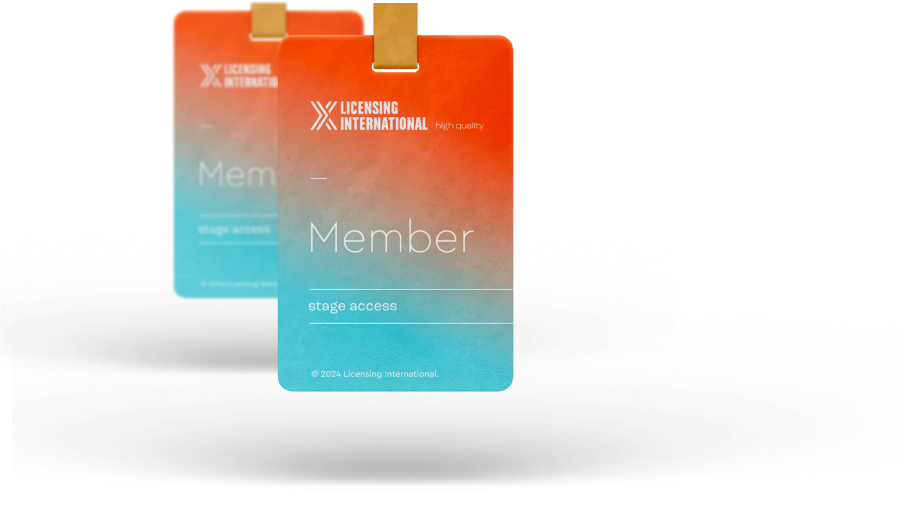Fighting Smarter: How Modern Brands Are Evolving Their Anti-Counterfeiting Strategies

By Relani Belous, Founder of The Trademark Channel
As the global counterfeit economy surges past $500 billion annually, brand owners face an increasingly urgent question—how do they stay ahead of bad actors who are only becoming faster and smarter, and are operating at global scale?
From deepfake endorsements to blockchain-embedded product tags, the tools on both sides of this conflict are becoming more sophisticated. But while counterfeiters are innovating, many companies still treat brand protection as a reactive legal process instead of the proactive business strategy it must become.
On the heels of World Anti-Counterfeiting Day, it’s worth examining the evolving landscape and considering why collaboration, cross-functionality, and consumer education are the new frontlines of defense.
The Whack-A-Mole Strategy No Longer Works
The biggest challenge in anti-counterfeiting today is volume. Thousands of fake listings flood online marketplaces daily and, for every takedown, several more pop up in their place. Brands are forced to play defense in an environment where counterfeiters leverage jurisdictional loopholes, anonymity, and automation.
Counterfeits don’t just hurt revenue. They erode trust, dilute brand value, and confuse consumers. For newer businesses, a single counterfeit campaign can derail market entry. For established businesses, persistent fakes can erode loyalty over time—especially in sectors where quality, safety, or authenticity are non-negotiable.
The Next Generation of Fraud
Counterfeiters are now using the same technologies that brands rely on to innovate—including AI, automation, and influencer marketing—to scale fraud.
Generative AI and Deepfake Content: Ultra-realistic product images and even fake spokesperson videos are being generated with AI to fool consumers and detection systems alike.
Drop-shipping and Social Proof: Offshore operators now use micro-influencers—some unwittingly—to drive traffic to fraudulent websites.
Advanced Manufacturing: High-quality 3D printing allows for near-perfect replicas of sneakers, luxury accessories, and even auto parts, making physical counterfeits harder to detect than ever.
What used to be a knockoff bag sold in a back alley is now a multi-channel operation with global distribution and digital marketing strategy.
It Takes a System
Thankfully, brand owners are also evolving. The smartest ones are embedding brand protection early—during product development, not just after market entry.
AI-Powered Monitoring: Machine learning tools now scan marketplaces, social media, and even the dark web to detect infringement and automate takedowns.
Cross-Platform Collaboration: eCommerce giants, customs agencies, and IP enforcement coalitions are sharing data and standardizing processes.
Blockchain Authentication: From serialized QR codes to digital product passports, brands are layering physical goods with digital verification tools.
Most importantly, there’s an internal shift. Brand protection is no longer just legal’s job. It’s a shared mandate across product, marketing, sales, and customer service.
The Power of Creative Enforcement
Enforcement doesn’t always mean lawsuits. It can mean storytelling, community engagement, and turning risk into relevance.
Take Crocs, which not only pursued counterfeiters in court but publicly educated consumers about the risks of fake products. By making authenticity part of their value proposition, they reinforced brand loyalty and positioned protection as a premium.
Then there’s Lululemon, which addressed the rise of “dupe culture” by hosting a brand-positive “dupe swap,” where consumers exchanged imitation leggings for the real thing. They even filed to trademark the phrase “Lululemon dupe”—a clever way to take control of social narrative without aggressive litigation.
These examples show how legal strategy, marketing creativity, and brand purpose can work hand-in-hand.
Start Early, Think Holistically
For companies new to licensing or brand building, education is the first step. Trademarks, copyrights, and product designs aren’t “nice to have,” they’re foundational assets. Protect them like you would your inventory or supplier contracts.
Work with experienced IP counsel. Monitor early. And don’t forget to educate your customers on how to identify authentic products—because informed buyers are your best line of defense.
For established brands looking to modernize their strategy, the key is cross-functionality. Bring marketing, legal, operations, and product teams to the same table. Explore emerging tech—including AI detection, blockchain tags, and even trusted influencer partnerships—to expand your reach.
And if you’re not sure where the gaps are? Bring in a brand consultant to audit your current approach. You can’t fix what you don’t see.
The Industry Benefits from Sharing What Works
Counterfeiting doesn’t just affect one brand. It damages entire industries, drives up costs, and chips away at consumer trust. When companies share best practices—whether through case studies, joint enforcement, or advocacy campaigns—they raise the standard for everyone. Silence, on the other hand, serves only the counterfeiters.
As the counterfeit economy becomes more organized and more tech-enabled, our collective response must be equally coordinated. Brand protection is not a legal afterthought—it’s a business imperative, a consumer right, and a shared responsibility across the licensing community.
Relani Belous is the founder of The Trademark Channel, a digital platform dedicated to demystifying intellectual property, brand protection, and licensing strategy for entrepreneurs, creatives, and professionals. She also leads Belous Law Corporation and previously served as General Counsel to Stan Lee’s POW! Entertainment.
Disclaimer
The information contained in this article is solely for informational and entertainment purposes only and does not constitute legal advice or form an attorney-client relationship in any manner and is not an offer or advertisement to represent any party or for legal services. All content is provided as is and may not be disseminated without written permission. All rights reserved.




